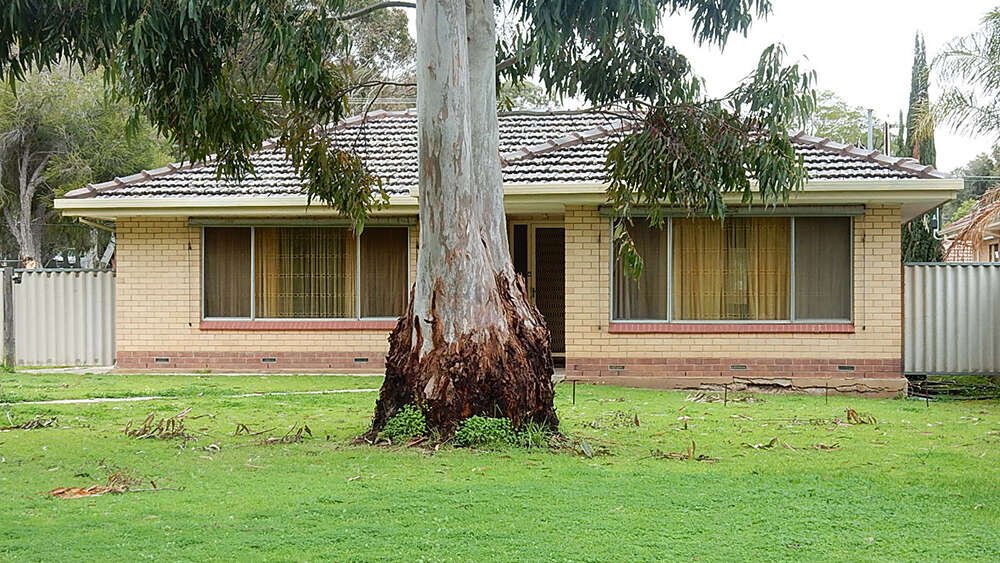House prices surge making some richer, creating a poverty trap for others
- Total Australian, State and Territory government recurrent expenditure for social housing and specialist homelessness services was $5.7 billion in 2020‑21
- The largest program, Commonwealth Rent Assistance, costing $5.3 billion in 2020‑21, kept 72.5% per cent of the low-income households receiving it out of rental stress (defined as spending more than 30 per cent of gross household income on rent)
- Almost half (45.7%) of those receiving CRA still experienced rental stress and were at risk of homelessness.
- About 1.6 million households received CRA. This means that 740,000 households are in rental stress despite our governments’ efforts
The super-heated housing market will increase the pressure on the groups that receive CRA. This includes 37.4 % of Aboriginal and Torres strait households receiving CRA, and 33.9 of Disability Support pension households receiving CRA which are in rental stress already.
Responding to the Productivity Commission report, Mission Australia Executive, Ben Carblis said: “It’s unacceptable that people and families across the country are facing enormous pressures with escalating rental stress and very limited availability of affordable places to rent, which is pushing them to the verge of homelessness.
“Finding an affordable home to rent has never been so difficult. Many are heading into 2022 already homeless – often unexpectedly – because there aren’t enough accommodation options to go around for everyone who needs it.”
He described the effects of rental stress: “Even with recent State and Territory Government investment, everyone knows that social and affordable homes are scarce in our country which means too many people are left high and dry when seeking a safe, secure and affordable home. The situation has meant people and families have to decide between paying for food, bills, transport, the rent or medication and forgoing other essentials.”
Carblis called for the parties contesting the federal election to produce a national plan. Eternity asked Mission Australia what that plan could look like. Here’s their answers.
What steps should the Federal Government take?
- Develop a national plan to address housing affordability and homelessness, including targets for at-risk groups.
- In the short term, invest in 10,000 social housing units over a two-year period under the proposed Social Housing Acceleration and Renovation Program at a cost of approximately $3.5 billion.
- In the longer-term, create a housing capital aggregator to leverage government co-investment and attract private sector investment into social and affordable housing.
- Increase Commonwealth Rent Assistance by 50% (details in the answer below)
How many social homes need to be built?
A recent statutory review of the National Housing Finance and Investment Corporation (NHFIC) estimated that an additional 891,000 social and affordable dwellings (614,000 social dwellings; 277,000 affordable dwellings) would be required over the next 20 years, at a cost of $290 billion.
Report – Review of the operations of the NHFIC Act (treasury.gov.au)
How much should rental assistance be increased?
Rental affordability remains low across Australia, and affordability for low-income households has worsened in many of the capital cities and in the regional areas of every state, driven by out-ward migrating city residents as a result of COVID. At its current level, CRA does not meet the needs of people on low incomes facing the highest rents, particularly in capital cities. It should be increased by 50% to better reflect minimum rents paid by people on low incomes.
Email This Story
Why not send this to a friend?


